The scorching summer heat has caused several beaches in Florida to issue an advisory warning for exceedingly warm ocean water. Temperatures have recently hit record-breaking levels on the state coastline.
Occasionally, ocean surface temperatures can reach dangerous levels for swimmers. While residents continue to melt on land, going into the water to cool down is no longer an option.
Dangerous Areas in Florida
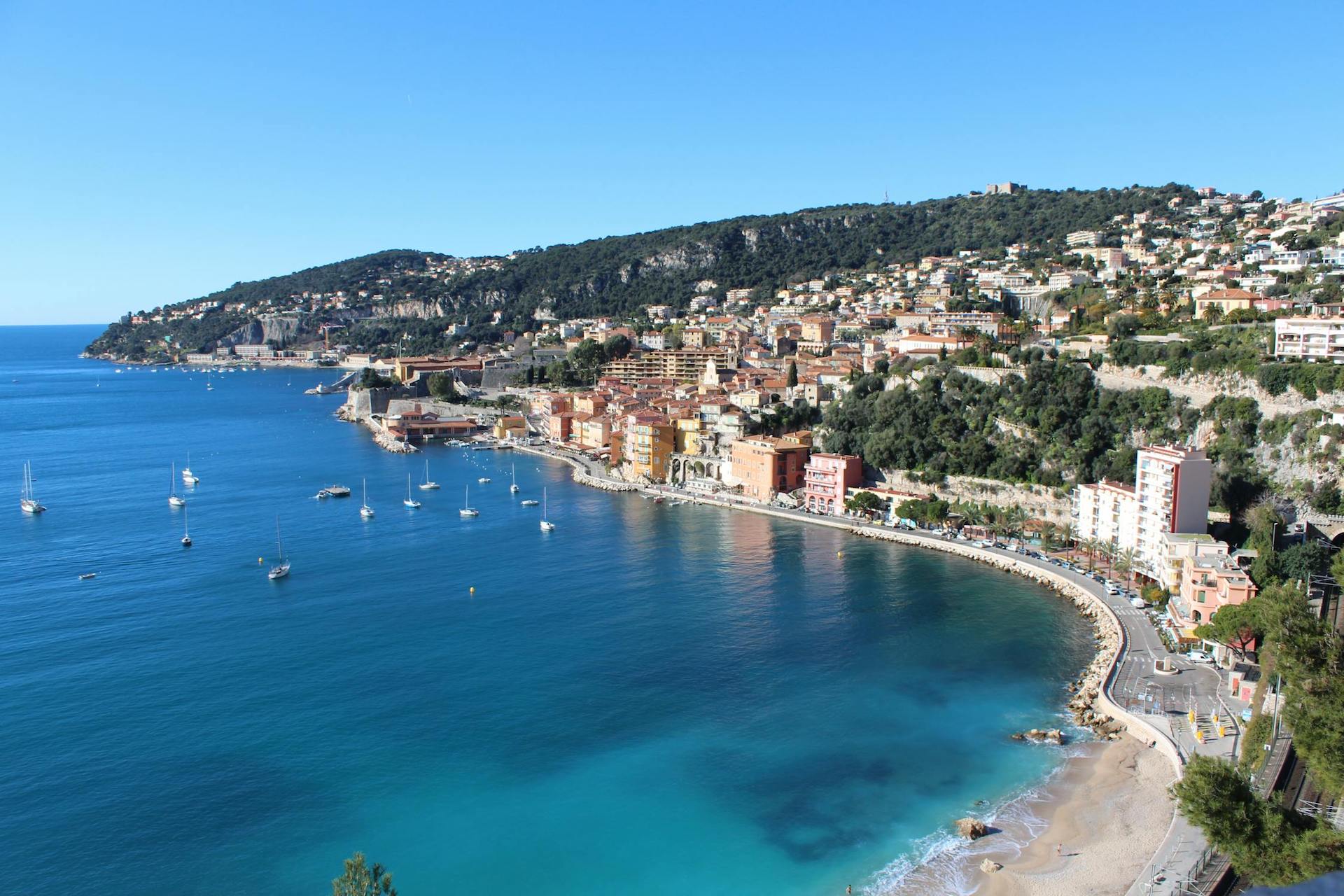
A few areas in Florida have already peaked at 91 degrees Fahrenheit in ocean water this week. The summer heat wave has only just begun, and experts worry that the temperatures could continue accelerating.
However, most of the water surrounding the state isn’t yet uncomfortably warm. Several popular beaches are still in the mid-80s and safe for swimming.
What is the Ocean Temperature in Florida Now?

As of July 9, Apalachicola, in Florida’s Panhandle region near the Florida Keys, recorded the highest ocean surface temperature at 90.9 degrees.
This time last year, it took until mid-July for water temperatures in the south of Florida to hit 100 degrees.
Temperatures Around the State

According to the National Centers for Environmental Information, several beaches around the state have hit unsafe temperatures just before the hottest part of the summer.
Long Sound, Jacksonville University, Fort Myers, and Apalachicola have all hit the 90-degree mark, while Cape Canaveral, Lake Worth Pier, St. Augustine, Clearwater Beach, Venice, and Key West are all hovering in the high 80s.
When Is It Unsafe to Swim?
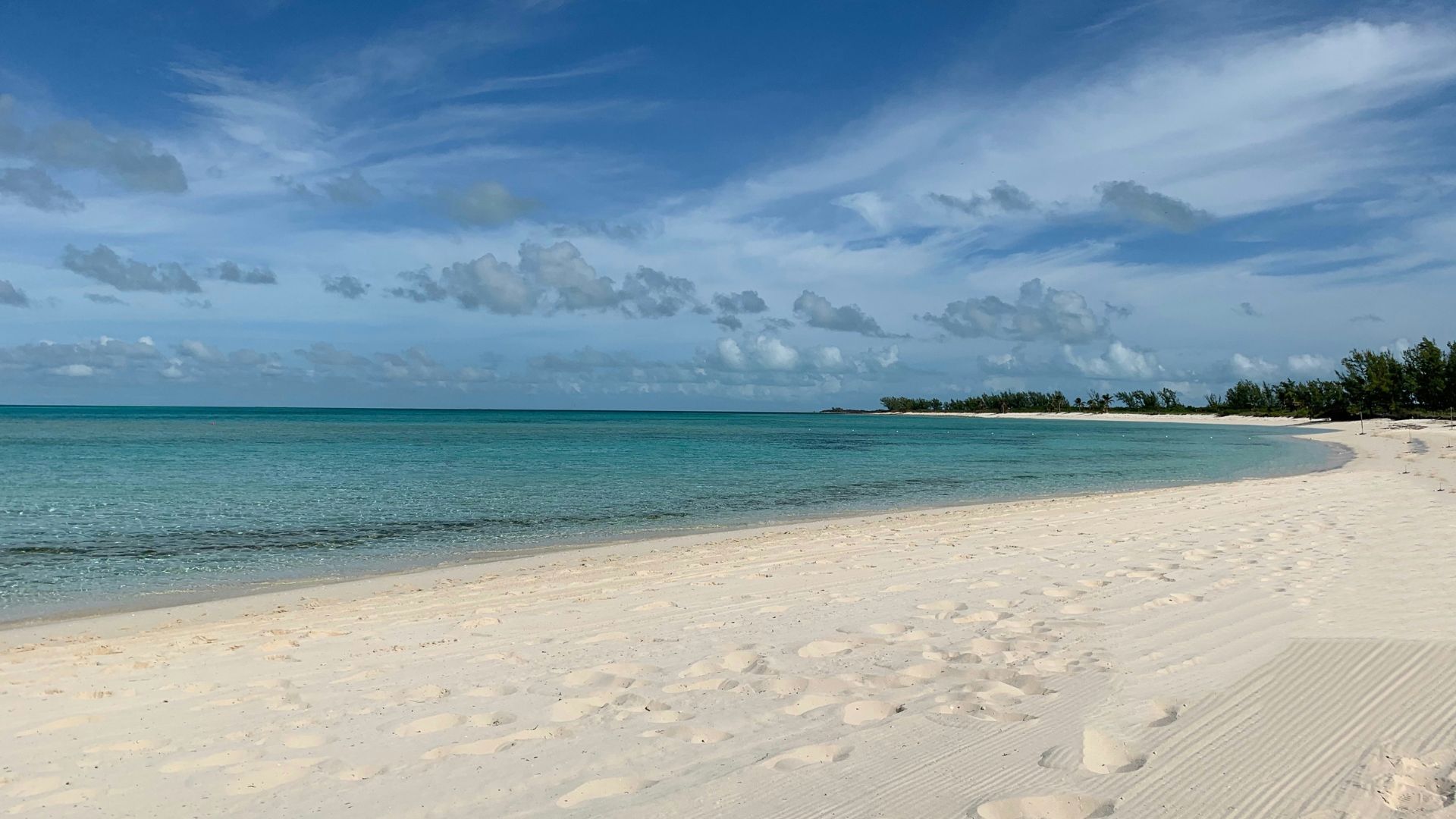
The Consumer Product Safety Commission says water is generally dangerous for most people at 106 degrees Fahrenheit.
They say that soaking in water, such as in a hot tub, at these temperatures can disregulate the body and cause impairment, heart attack and stroke. However, lower temperatures in the high 90s are also unsafe for kids, the elderly, and the immunocompromised.
What Are the Dangers?
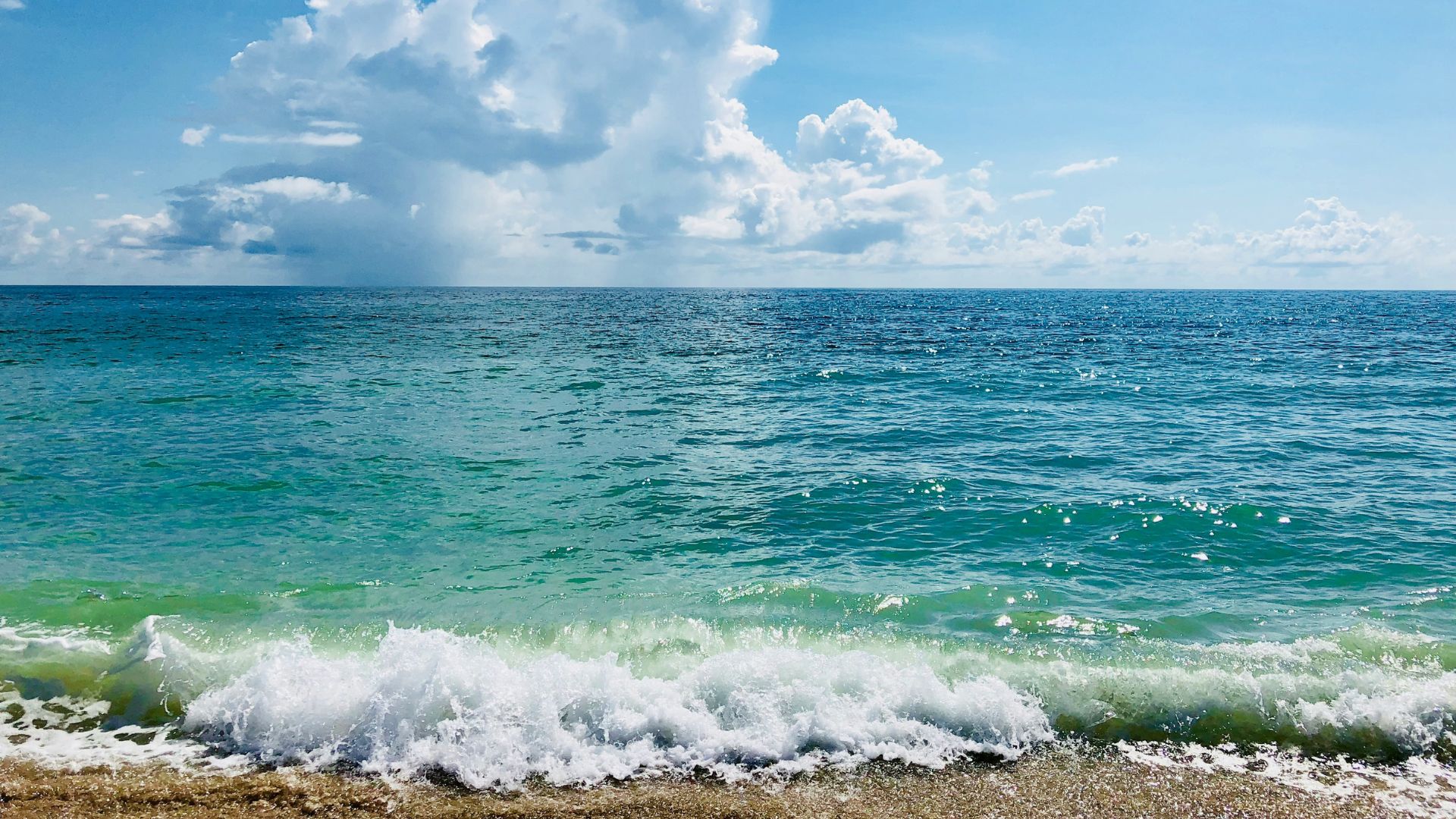
Swimming for even a short amount of time in 90-degree water can cause overheating and exhaustion even when people are used to the weather.
A report from Livestrong on the effects of water temperature notes, “Warm water increases your body temperature, which also raises your sweat rate and quickens dehydration. Open-water swimming in warm climates can expose you to water temperatures that are too warm, which can cause muscle spasms and severe fatigue.”
Has the Ocean Ever Reached 100 Degrees?

Last year, a water temperature fixed to a buoy south of Miami recorded water temperatures of 101.1 degrees Fahrenheit, more than 11 degrees warmer than it is safe for people to swim.
Constant increases in ocean temperatures create an unsafe environment for people and wildlife to thrive. Warm waters also increase the risk of extreme weather events and antarctic ice melting.
Added Level of Concern for Hurricane Season
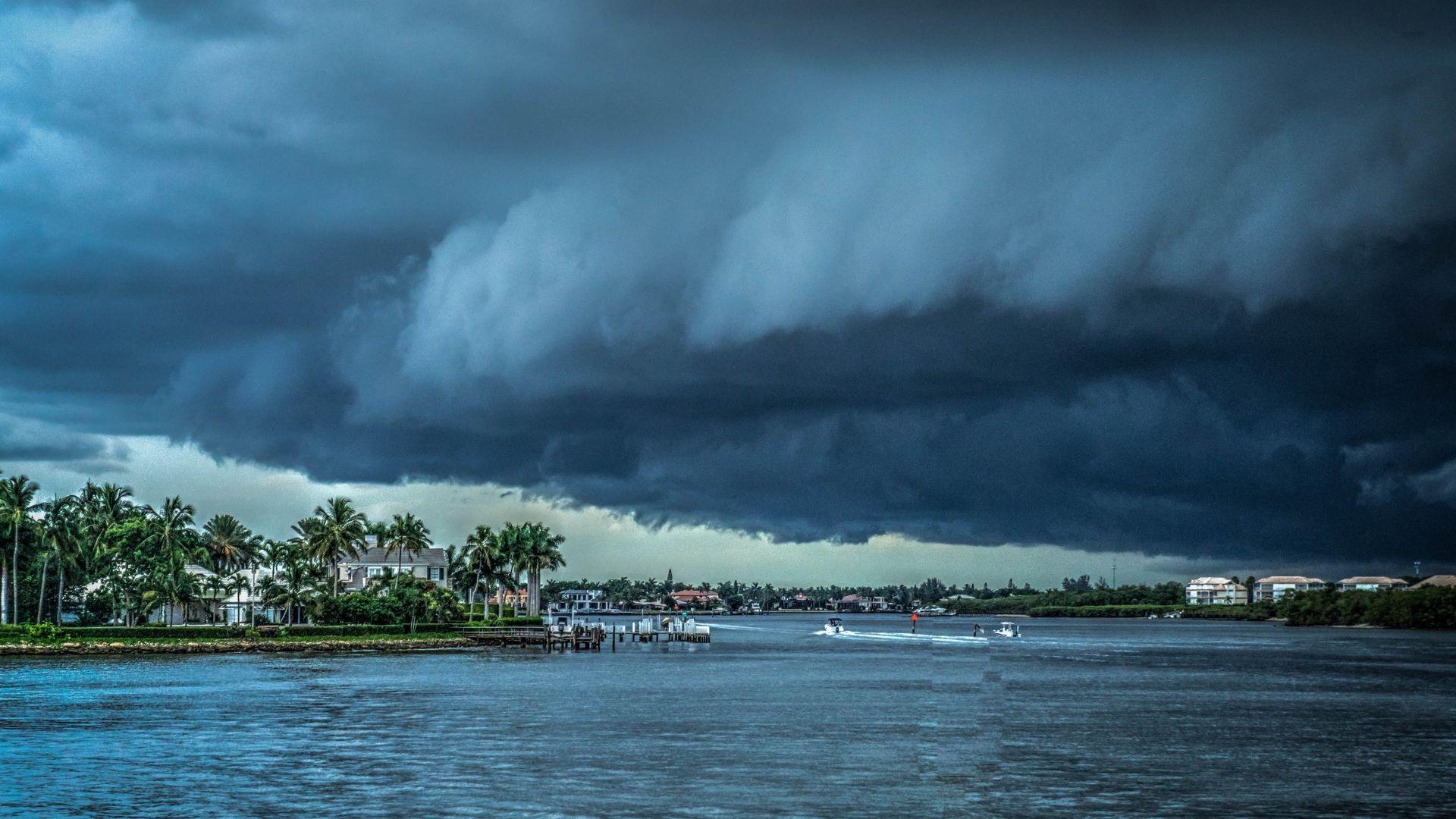
As ocean water temperatures rise, the incidence of extreme and volatile hurricanes increases. Recently, there has been an uptick in violent hurricanes sweeping through the Gulf of Mexico and along Florida’s coasts.
Climatologists and meteorologists warn that coastal regions may become diluted with water, rain, and extreme storms as the temperature equilibrium remains off-tilt.
Global Warming

The increased temperatures in Florida’s ocean waters are likely a direct result of rising global temperatures.
As more pollution and heat become trapped in the ozone layer, more light burns through to the surface of the Earth, raising temperatures on land and in water. The increase has decimated oceans as many types of fish and plant life can no longer survive.
How To Stay Cool

Health officials in Florida recommend staying indoors and within close proximity to air conditioning as the heat outside spikes.
Getting in the water to cool off is no longer a possibility as it might have unintended effects and cause heat stroke.
Other Reasons for Unsafe Waters
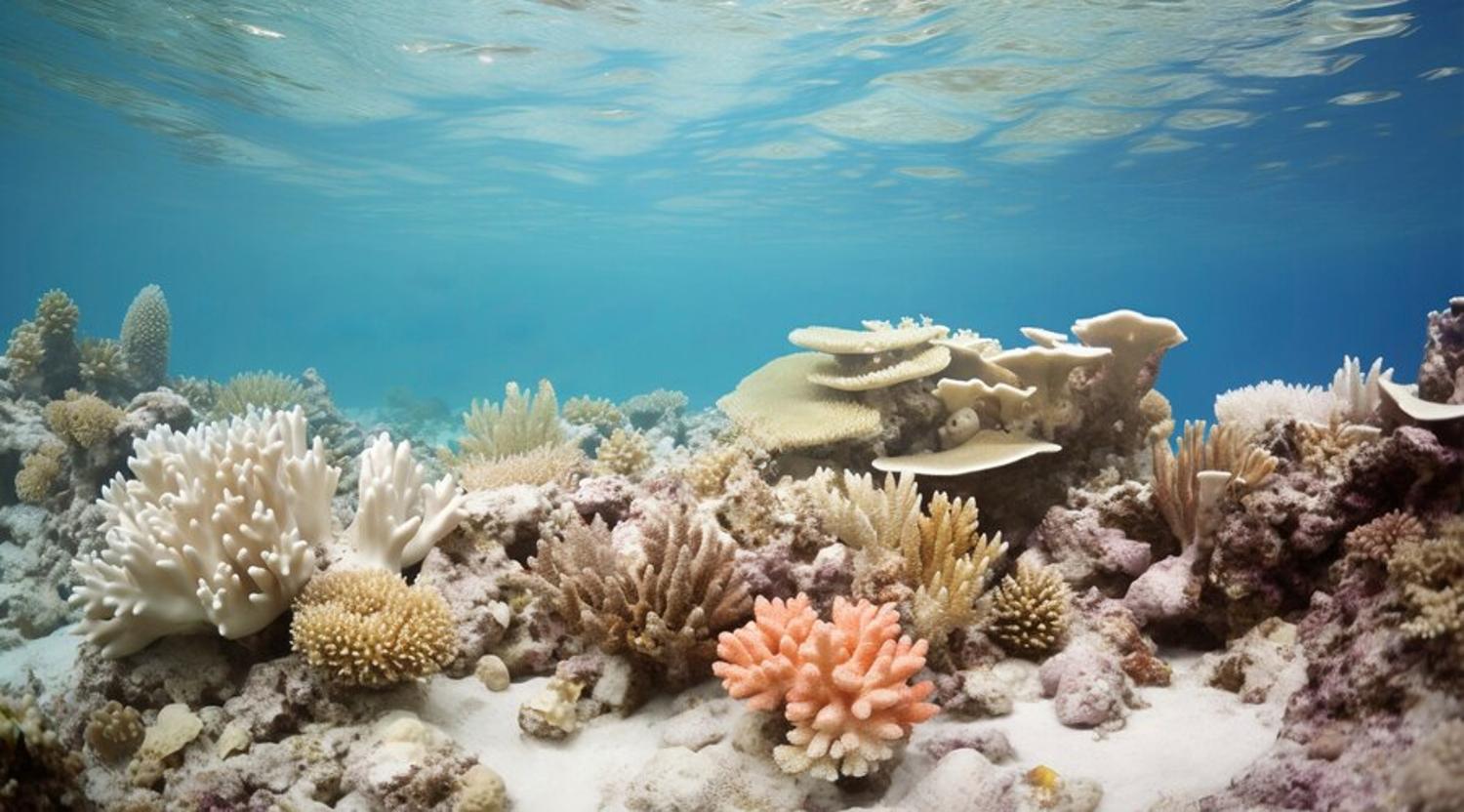
When water temps increase, the incidence of harmful algae blooms like red tide become more common.
Plants, animals, and even human life can be put at risk when this dangerous bacteria starts to thrive in warm waters. As well, many people may still fish and dig for clams in affected areas and ingest unsafe food.
Temps Will Cool Off Sooner or Later
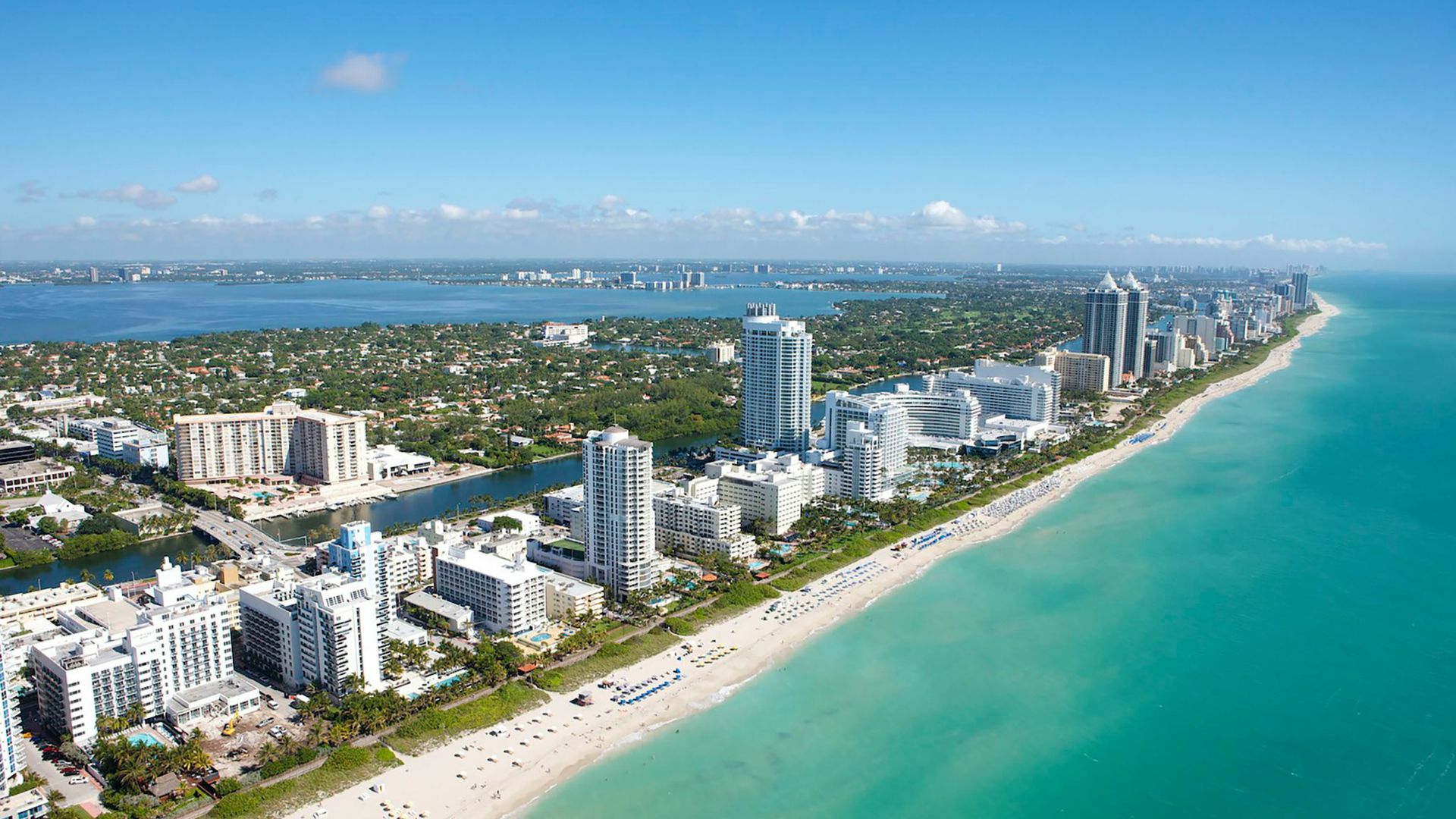
Until the heat index lowers and the outside temperature can come down, the heat in Florida’s waters will continue to wreak havoc on local plants and animals.
Water being this hot will destroy coral reefs and kill wildlife. Hopefully, temperatures can come down before permanent damage is done.
Temperature Are Rising Because of This
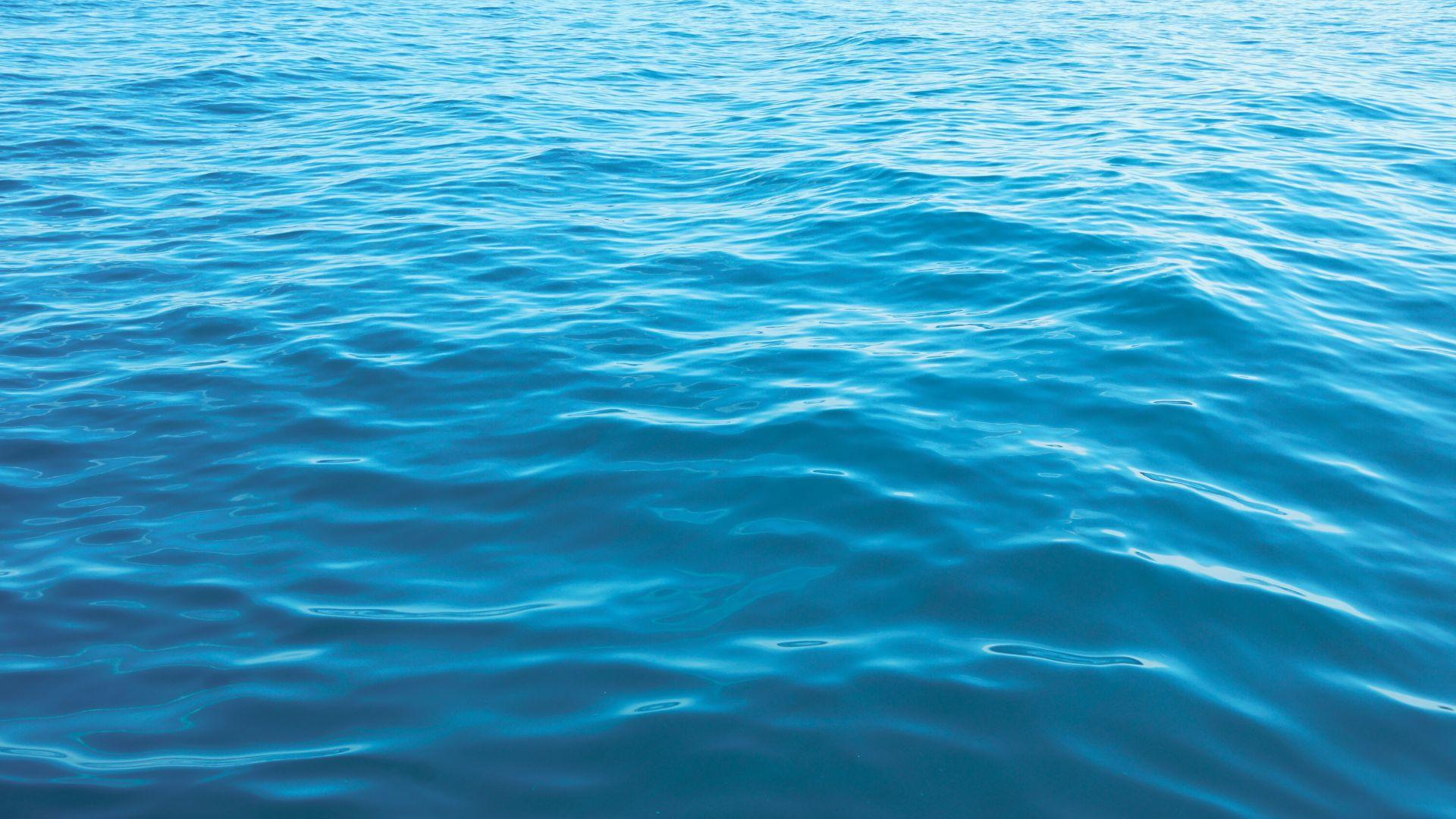
The rise in water temperature is due to a combination of factors. While long-term changes in the Earth’s climate are warming the waters around the world, the lack of wind on the surface of Florida’s oceans is causing the water to heat up.
The lack of wind is a shocking factor in the devastating effects of climate change.
The Loss of Trade Winds Isn’t Helping
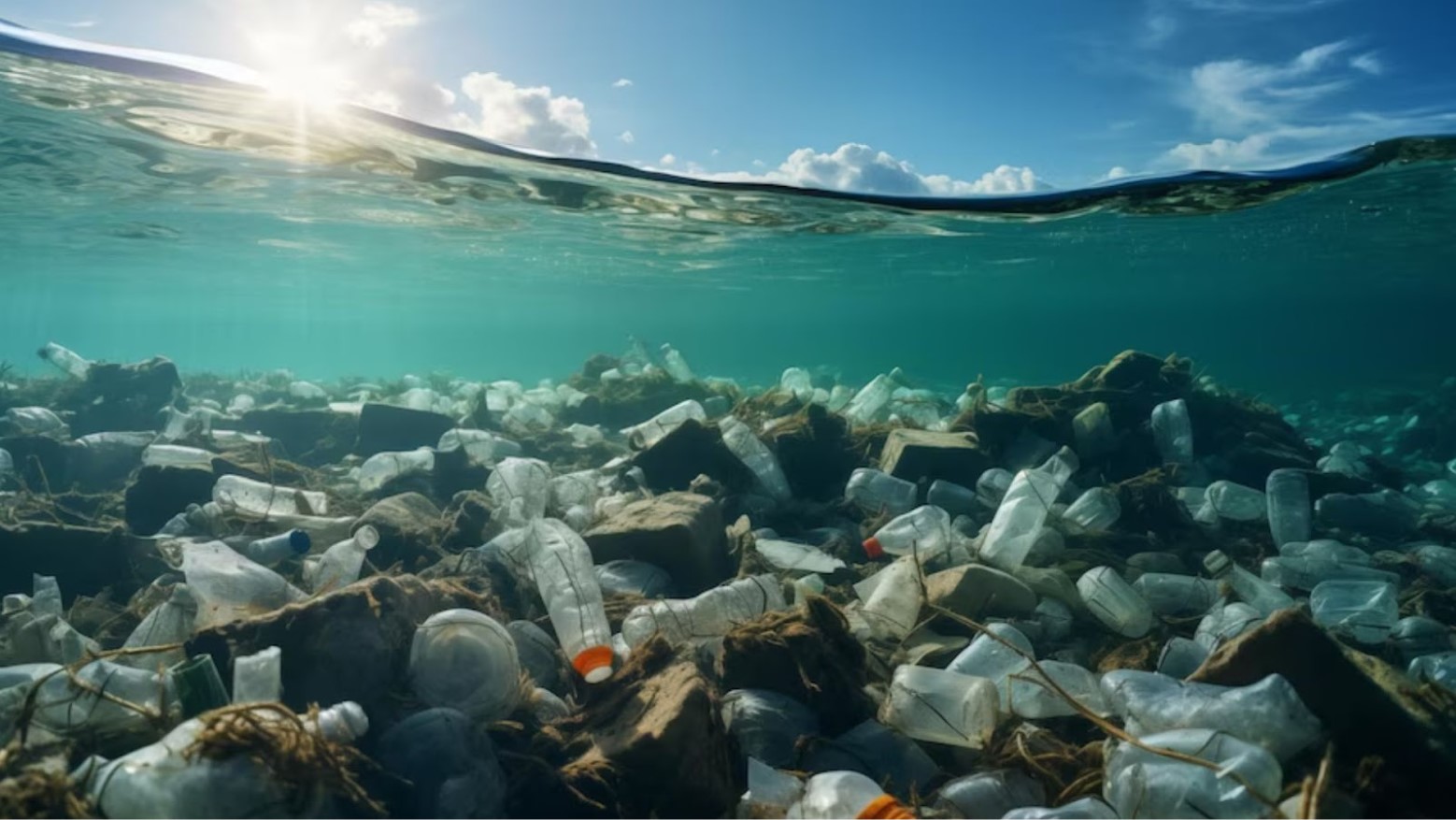
South Florida has been struggling under a lingering high-pressure system with reduced trade winds. These trade winds—which are winds that blow east to west—typically help keep the water temperatures tolerable for swimming.
Without these winds, the temperatures are rising well into the danger zone for humans and aquamarine life.
Another Thing to Blame

A blocked pattern seen in the jet stream over North America this summer can also be blamed for the rising temperatures.
According to Palm Beach Post, this blocked pattern has been linked to climate change by multiple climate scientists and is raising the water temperature.
Why Temperatures Are Rising

You might be thinking to yourself, “Weren’t ocean temperatures relatively cold recently?” The short answer is yes, the ocean was fairly chilly a few years ago thanks to La Nina.
Now, the cooler climate pattern’s counterpart, El Nino, has arrived to bring warmer climate variation to the Pacific Ocean. A similar pattern is also moving through the Atlantic, setting the stage for extreme ocean temperatures.
Riding the Marine Heatwave

Unsplash
Last year, the global ocean was experiencing a marine heatwave, an event characterized by higher-than-average monthly regional sea surface temperatures.
This heatwave can persist for weeks, months, or even years with devastating consequences on marine ecosystems, including mass mortality rates for marine animals and plants.
Following the Heatwave
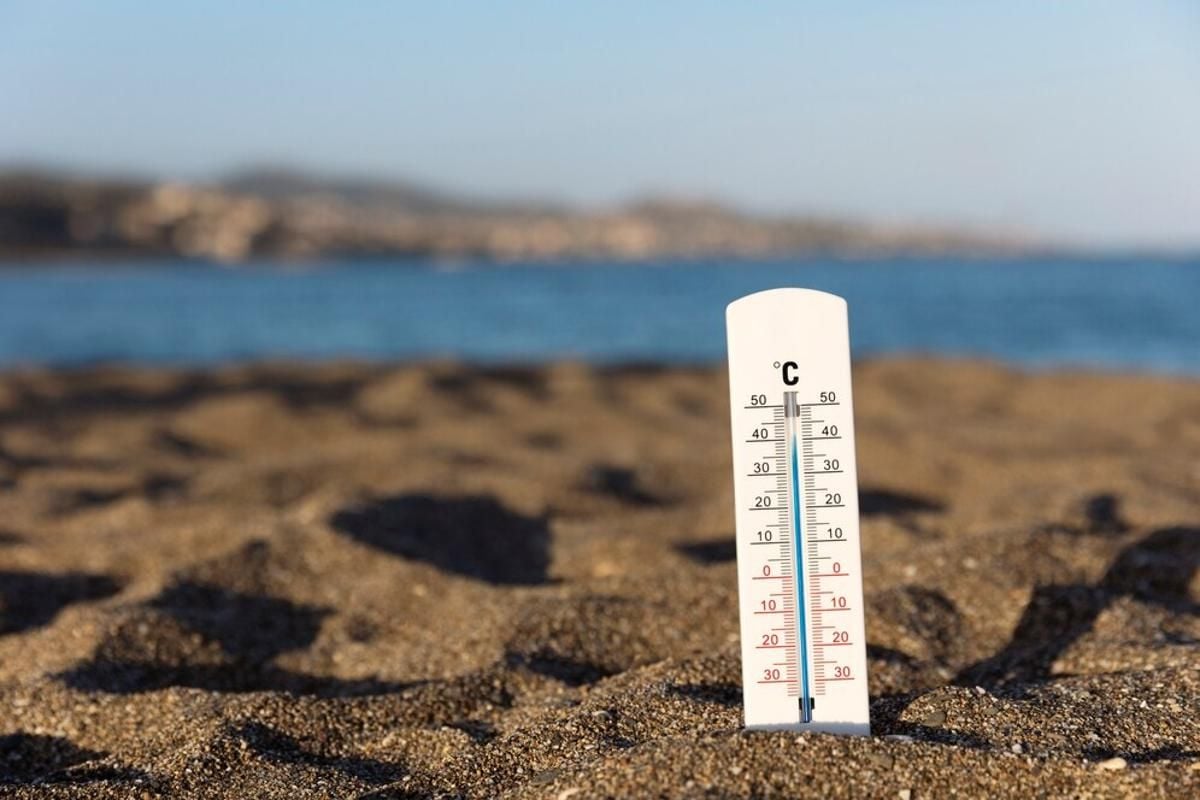
The NOAA Physical Sciences Laboratory developed predictive models to follow and visualize the extent of marine heat waves. These models can forecast the likelihood of extreme ocean temperatures.
An elevated marine heatwave risk will remain in effect for nearly 35% of the global ocean until the end of the year.
Another Thing at Risk
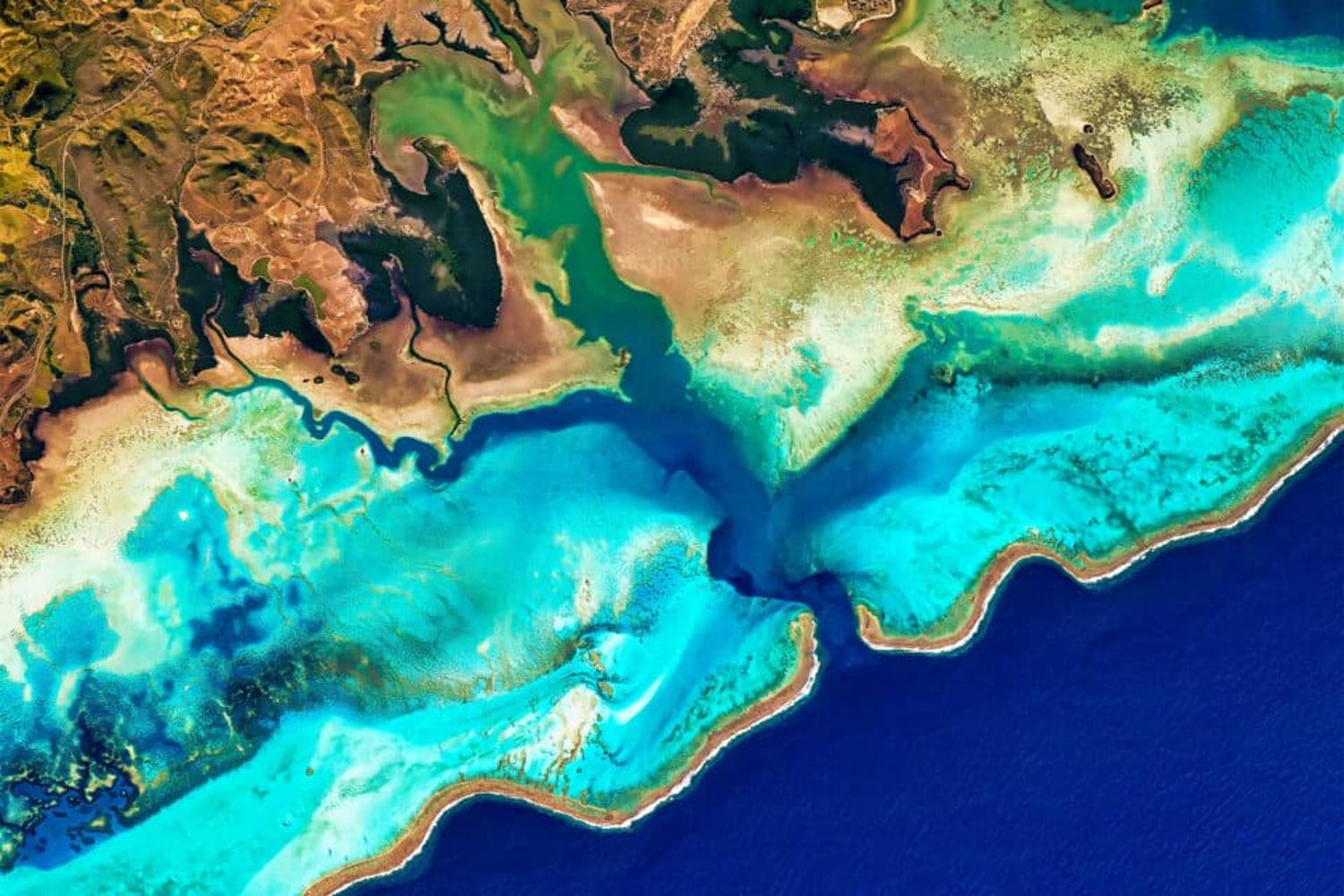
Sure, you might not be able to take full advantage of the beach in Florida this summer, but there is a bigger risk: the coral reef.
The water surrounding Florida is home to a shallow, living coral reef formation that stretches from Dry Tortugas National Park to the St. Lucie Inlet., and is the only living coral barrier reef in the US and the third largest in the world. Unfortunately, it is at risk.
High Temperatures Lead to Coral Bleaching

Ana Zangroniz, Florida Sea Grant agent with UF/IFAS Extension in Miami-Dade County, emphasizes that the extremely high temperature is causing the coral reef to suffer from heat stress (via Flordia Museum).
The high ocean temperatures place these corals at severe risk of coral bleaching. When the water is too warm, coral swill expels the algae living in their tissues, causing the coral to turn completely white.
Losing a Source of Food
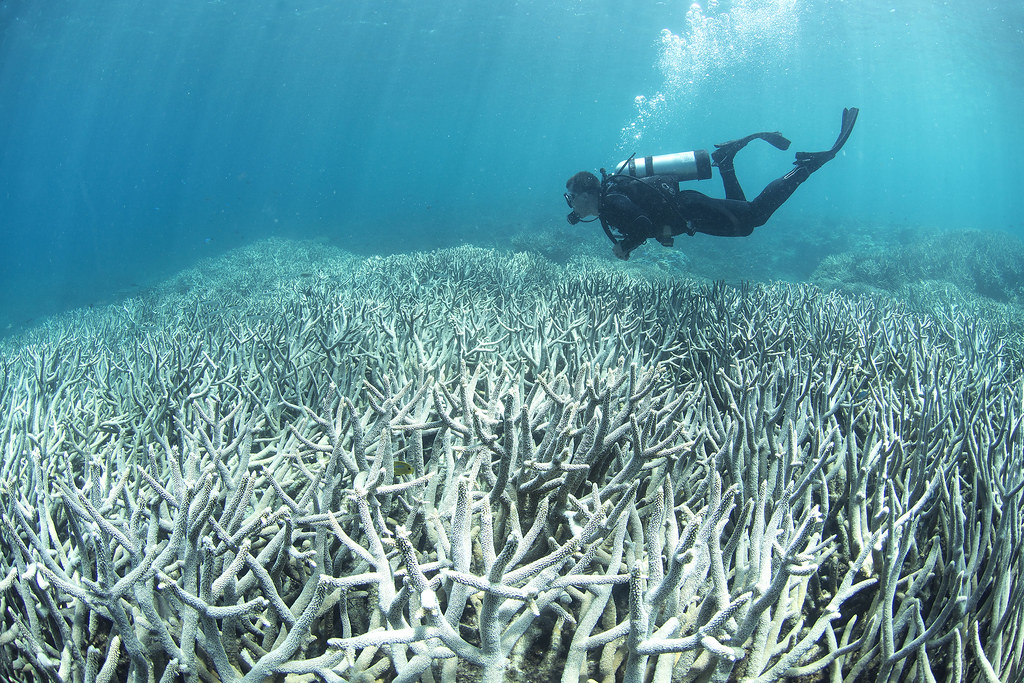
Coral bleaching can be a problem for the coral reef. While this does not kill them, the loss of algea equates to a loss of food for the corals. The sugars supplied by the algae are necessary for coral growth.
This mutualistic relationship creates efficient nutrient recycling in nutrient-poor waters, like those off the coast of Florida.
The Increased Risks
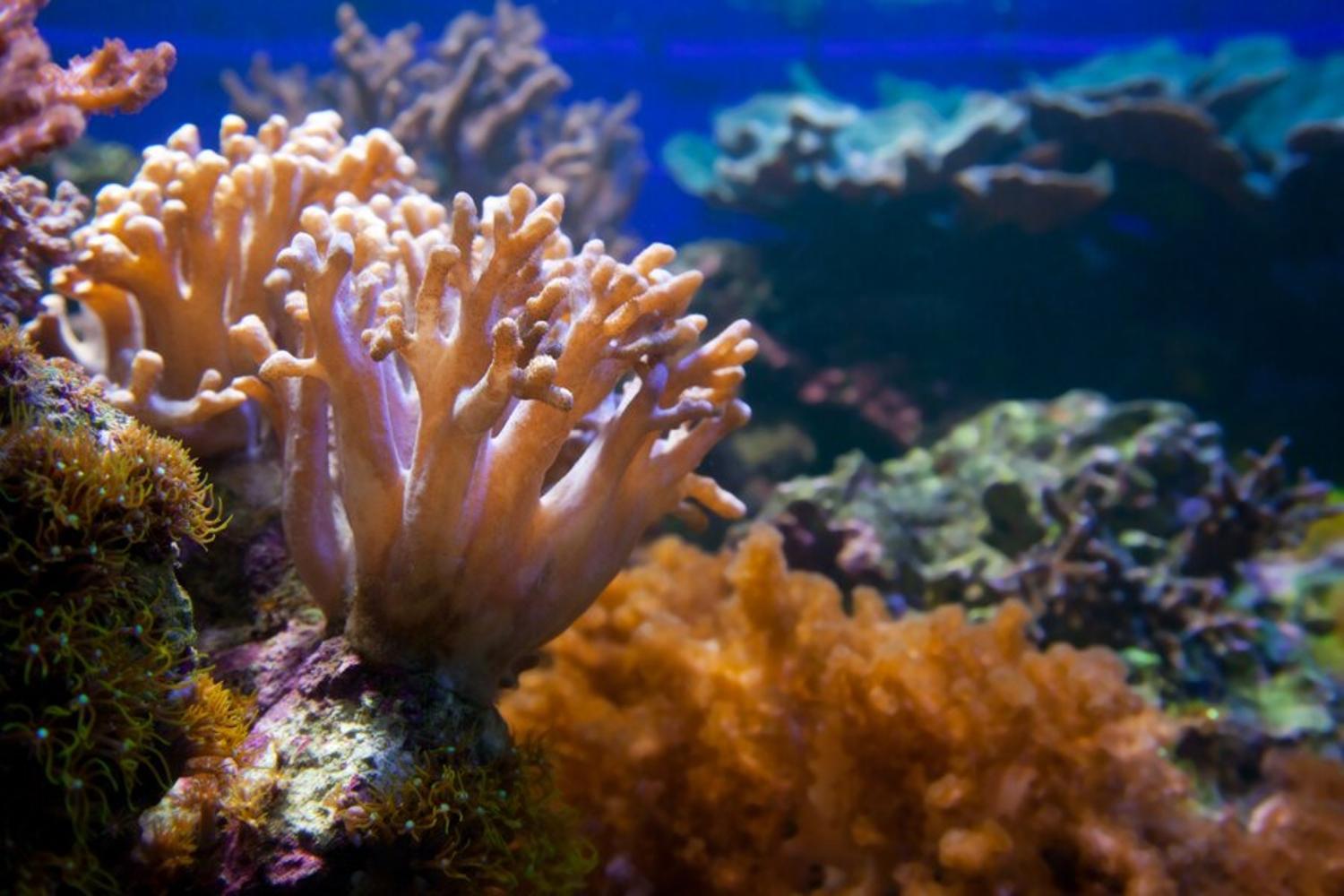
When coral loses their zooxanthellae (the algae that are expelled), they will slowly starve if their temperatures do not return to normal.
If the coral does not starve to death, then other factors put the coral reef and the organisms that live in them, at risk.
The Consequences of Losing the Coral Reef
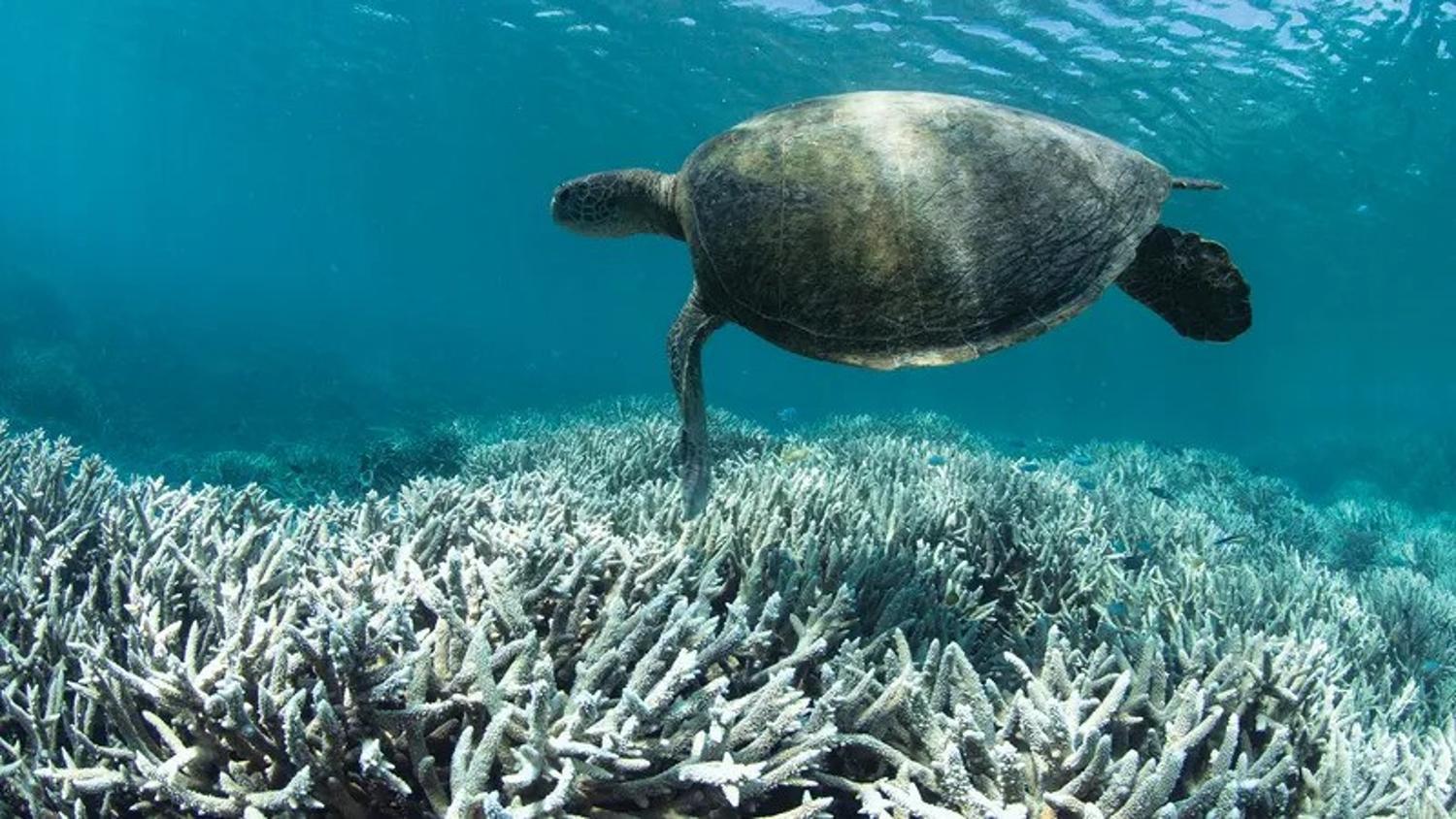
“Without a structurally sound reef, southeast Florida can suffer ramifications of this [heat stress] immediately, as the first natural barrier to major wave movement from storms becomes less effective,” Zangroniz said.
“The corals are dying. And it is because of these extreme temperatures that they’re experiencing,” says Ilsa Kuffner, a research marine biologist at the St. Petersburg Coastal and Marine Science Center.
The Potential Economic Impact
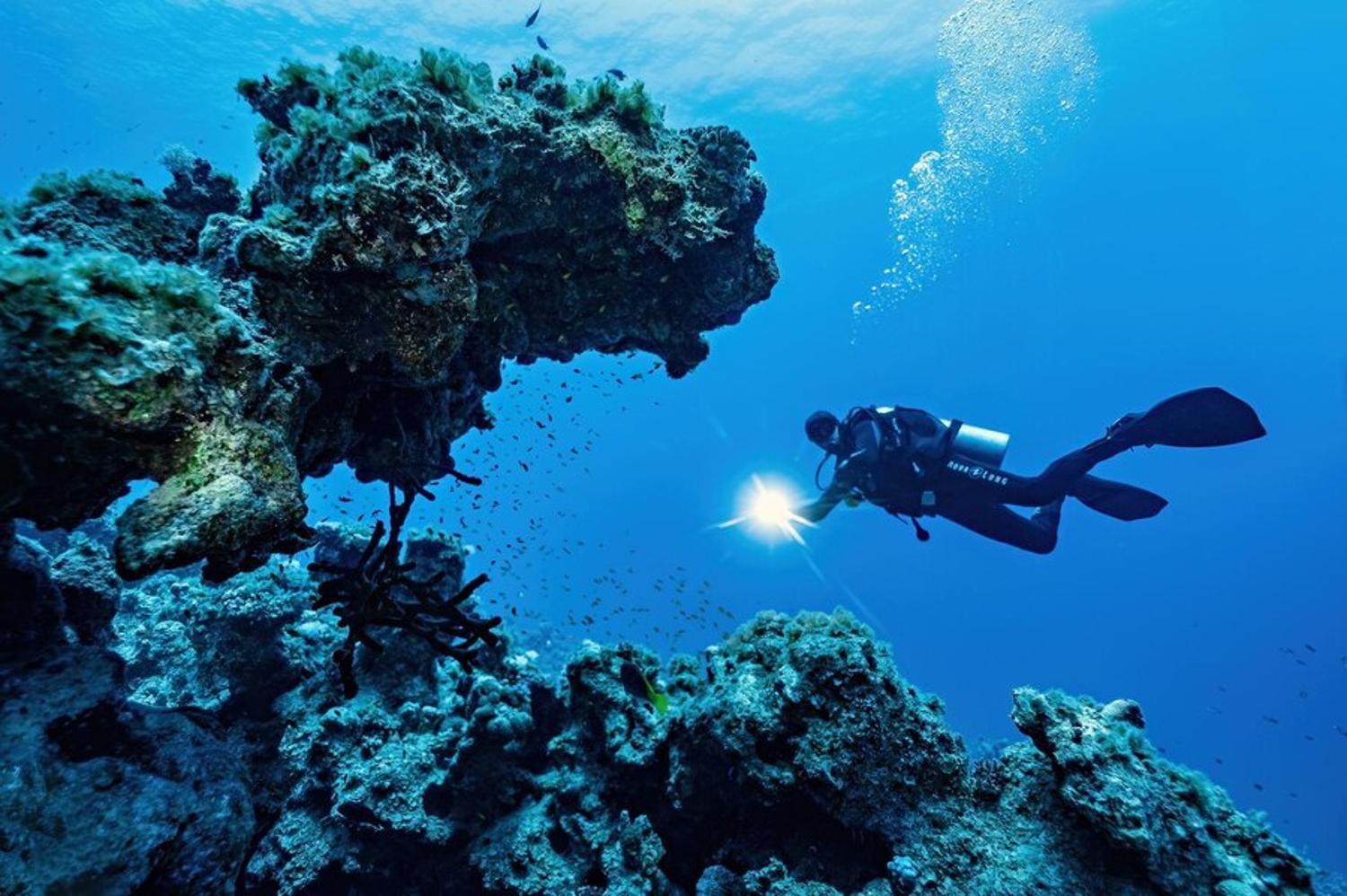
Zangroniz also warns that without a healthy reef system, there are potential cascading economic impacts.
“People would not travel to enjoy recreational activities, such as snorkeling, fishing, and diving. Cultural and aesthetic experiences would be lost,” Zangroniz said. “Commercial and recreational fishing would go down, impacting both job opportunities as well as food sources.”








































